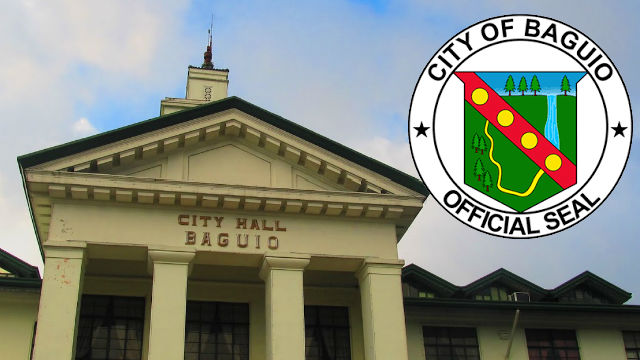The local legislative body declared the city under a state of calamity following the recommendation from the City Disaster Risk Reduction and Management Council (CDRRMC).
Under Resolution No. 494, series of 2023, local legislators claimed that as the city is in the process of retrieval, clearing and repair, the magnitude of the situation requires the unified efforts and strategic approach to ensure the safety and wellbeing of the residents., thus, declaring a state of calamity is crucial to facilitate access to additional resources, streamlined assistance efforts and enables the city to provide timely support to affected residents, businesses and infrastructure.
Further, the council pointed out that it is a necessary step to empower the city government to address the immediate needs of the community and lay the groundwork for a comprehensive recovery.
Earlier, heavy rains and strong winds brought by Super typhoon Egay and the enhanced southwest monsoon continued to batter the city until the early morning of July 26, 2023 uprooting trees and spawning massive floods and landslides.
With the entry of the said weather disturbance in the country and various typhoon signals were raised in the city and other parts of the archipelago, acting city Mayor Faustino A. Olowan issued Executive Order No. 97, series of 2023 suspending classes, work in government offices, and the implementation of the number coding scheme in the city for July 26, 2023 as the super typhoon lingered over different parts of Luzon, including the Cordillera and the city.
The council was requested to declare the city under a state of calamity because of extensive damages to essential lifeline infrastructures, residential areas, landslides and erosions leading to the loss of lives and properties during the aftermath of the weather disturbance.
According to the body, the aftermath of the weather disturbance has brought forth an era of unprecedented challenges and adversity for the community. The extensive damages caused by the typhoon have significantly affected essential lifeline infrastructures, residential areas, and have tragically resulted in landslides and erosions.
Initial damage report from the CDRRMO showed that the Benguet Electric Cooperative (BENECO) incurred damages to primary poles, lines and transformer amounting to P5.39 million; damage to private and public infrastructures and properties – P4.38 million; damaged to private and public infrastructure and properties, especially roads – P4.25 million; damaged to facilities and learning materials – P3.17 million; and damage to facilities and crops – P1.2 million or a total of P18.4 million worth of damages inflicted in the city.
Moreover, the CDRRMO also reported incidents of 163 leaning/fallen trees/branches; 34 electrical concerns; 17 incidents of flooding; 14 incidents of soil erosions; 5 stranded people/vehicles; 25 incidents of landslides; 2 clogged drainages and 1 incident of medical/trauma assistance.
The council noted that one of the criteria laid down by the National Disaster Risk Reduction and Management Council (NDRRMC) in their Memorandum Order No. 60, series of 2018 is that the city, municipality, province or region may be declared under a state of calamity when at least 15 percent of the forecasted affected population based on science-based projection are in need of emergency assistance.
With 75 out of 128 barangays or 58.59 percent reporting critical incidents, such as damages in houses and properties, casualties and evacuees, the council asserted that the city meets the qualification to be declared under a state of calamity.















